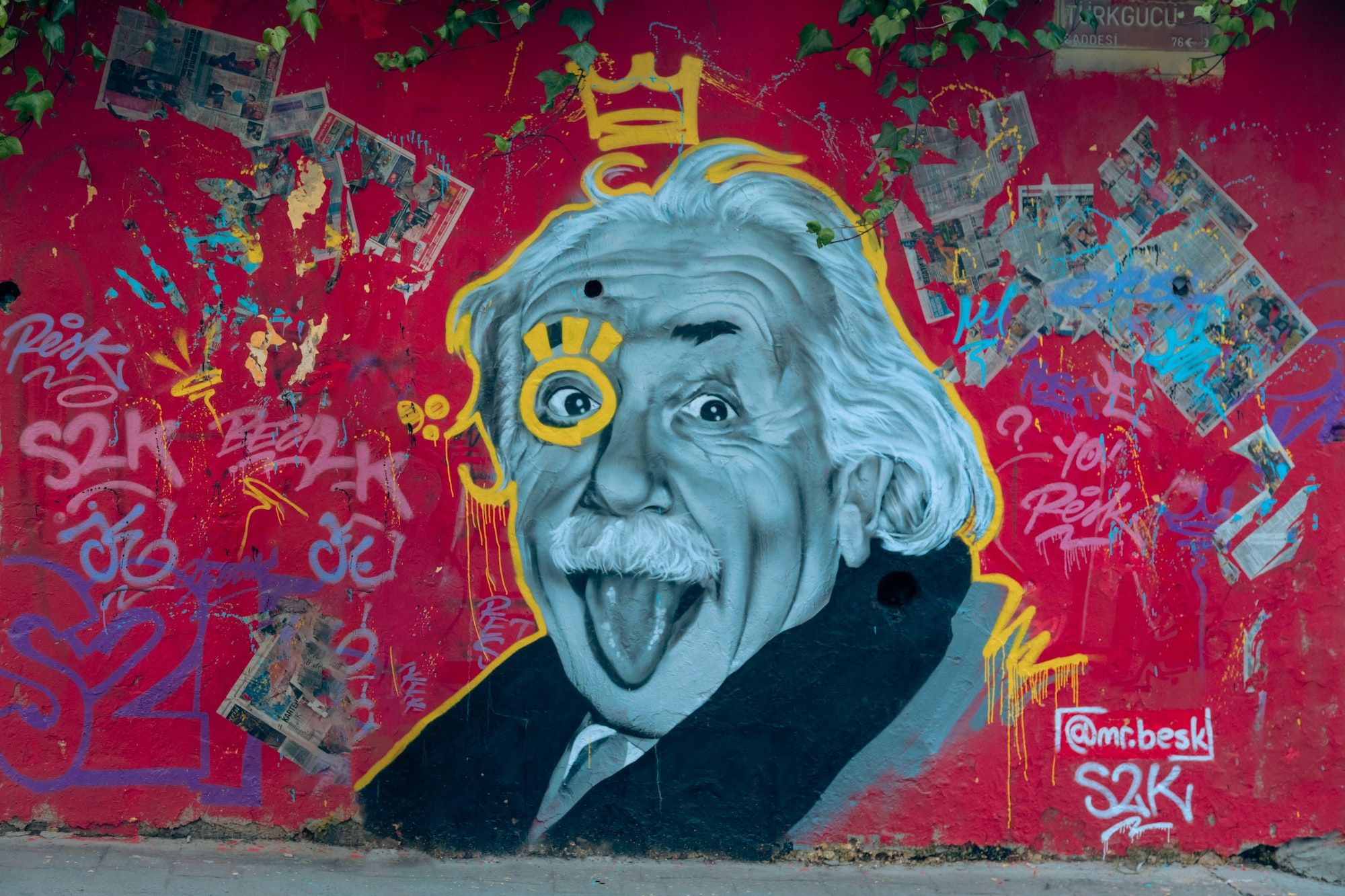The five dysfunctions of a team

The five dysfunctions of a team are a model for understanding and addressing problems that can arise in team environments. They are:
- Absence of trust: team members are unwilling to be vulnerable with one another and do not trust their colleagues.
- Fear of conflict: team members avoid confrontation and do not address important issues or differing opinions.
- Lack of commitment: team members do not fully buy into the team's decisions or goals, leading to a lack of ownership and accountability.
- Avoidance of accountability: team members do not hold one another accountable for their actions, leading to a lack of accountability and responsibility.
- Inattention to results: team members focus on their personal agendas or interests rather than the team's collective goals.
These dysfunctions can undermine the effectiveness of a team and lead to poor performance. To address these issues, team members must build trust, foster open and honest communication, make decisions together, hold one another accountable, and focus on results.
Even the most talented teams tend to perform poorly without teamwork. Time and energy is wasted on politics and outmaneuvering each other. The result is low morale, less focus on performance, and the loss of valuable teammates who have had enough.
Happily, poor teamwork can be fixed.
To build trust within a team, team members must be willing to share their vulnerabilities and mistakes openly with their peers. This means being transparent and honest about weaknesses, and being open to constructive feedback from others. This can be difficult, as people often feel the need to protect their own interests and may be hesitant to reveal their vulnerabilities. However, by willingly making themselves vulnerable, team members can show their peers that they have good intentions and create a sense of trust within the team. This can involve things like sharing personal or professional challenges, admitting to mistakes, or seeking help from others. By doing so, team members can foster an environment of trust and support within the team.
A team leader who is willing to be vulnerable and admit their own mistakes and weaknesses can set the tone for the rest of the team and help to create an environment of trust. By being open and transparent about their own vulnerabilities, a team leader can demonstrate that it is okay for others to do the same. This can foster a sense of support and collaboration within the team, as team members feel more comfortable sharing their own weaknesses and seeking help when needed.
Additionally, a team leader who is willing to admit their mistakes and take responsibility for them can inspire trust in their team by showing that they are willing to be accountable for their actions. This can create a sense of respect and credibility, as team members see that their leader is willing to be honest and transparent. Overall, a team leader who is willing to be vulnerable and admit their mistakes can play a crucial role in building trust within the team.
Trust is the key ingredient taht fuels constructive conflict.
Trust is an important ingredient in constructive conflict because it allows people to have difficult conversations and debates without feeling threatened or attacked. When people trust each other, they are more likely to feel safe expressing their honest thoughts and feelings, and to be open to hearing and considering the perspectives of others. This creates an environment where people can have open, honest, and respectful discussions, which is essential for resolving conflicts in a constructive way. Without trust, people may be less likely to communicate openly and honestly, which can lead to misunderstandings and escalate the conflict.
If people trust each other, they engage in constructive conflicts and make better decisions.
If a team lacks trust, this often means that they will want to avoid any and all conflict, so they shy away from discussing controversial topics. They hold back their opinions and honest concerns, preferring not to challenge one another, because they are trying to uphold some kind of pseudo-harmony within the team.
When people trust each other, they are more likely to engage in constructive conflict, which can help them to make better decisions. Constructive conflict involves open and honest communication, as well as a willingness to listen to and consider the perspectives of others. This can lead to a more thorough and balanced consideration of the issues at hand, which can ultimately result in better decisions being made. But what if a consensus can't be reached?
It is not always necessary or possible to reach a consensus when resolving conflicts.
It is very difficult to find consensus in any team setting, as different perspectives and opinions will always prevail. Forcing a consensus in such a setting would mean finding a solution that pleases everyone, and this is rarely productive.
In some cases, it may be more important to simply find a way to move forward and address the issues at hand, even if there is no full agreement. In these situations, it can be helpful to identify the key points of disagreement and try to find a way to compromise or move forward in a way that addresses the concerns of all parties involved. It may also be helpful to identify any common ground or areas of agreement and build on those.
The goal of conflict resolution is not always to reach a perfect solution, but rather to find a way to address the issues at hand and move forward in a positive way.
It is essential for everyone to be committed to the common goal and to work together to achieve it, even if they do not agree with every decision that is made.
It is not always necessary or possible for everyone to fully agree on every aspect of a decision, but to understand the reasoning behind the decision and to be committed to moving forward and implementing it.
Peer-to-peer accountability, or the idea that everyone is responsible for holding each other accountable for their performance, is an important aspect of great teams. In a team with peer-to-peer accountability, team members are expected to openly and honestly communicate with each other about their progress, challenges, and areas for improvement. This can help to create a culture of transparency, where everyone is open and honest about their work and holds themselves and their peers accountable for meeting team goals and expectations.
Peer-to-peer accountability can be an effective way to ensure that everyone is working together to achieve common goals and that everyone is held accountable for their contributions to the team.
It can also help to foster a sense of trust and collaboration within the team, as team members are encouraged to openly communicate and support each other.
At the end of the day, peer pressure is by far the most efficient and effective means of maintaining high standards of performance. Individuals who fear letting down teammates they respect will naturally feel pressure to work hard and improve their performance.
This is why peer-to-peer accountability is a key component in enhancing team performance.
Effective teams often focus on collective results rather than individual goals because they understand that the success of the team is dependent on everyone working together towards a common goal. Individual goals can be important for personal development and motivation, but ultimately the success of the team is determined by its ability to achieve the collective goals it has set for itself.
By focusing on collective results, team members can better align their individual efforts and work towards a shared vision.
This can help to create a sense of purpose and motivation within the team, as everyone is working towards a common goal that they believe in. It can also help to foster a sense of collaboration and teamwork, as team members are encouraged to support and rely on each other to achieve the team's goals.
When common goals are embraced, individual team members are willing to support and help each other even across lines of responsibilities.
Spending a lot of time together as a team can be beneficial in a number of ways. It can help team members to build strong relationships with each other, which can foster a sense of trust and collaboration. It can also provide opportunities for team members to get to know each other's strengths, weaknesses, and communication styles, which can improve the efficiency and effectiveness of the team.
In addition, spending time together as a team can help to save time by allowing team members to more easily communicate and collaborate with each other. When team members are physically present with each other, it can be easier for them to have impromptu discussions, ask for help or clarification, and get feedback in real-time. This can help to reduce the need for lengthy email chains or scheduling meetings, which can save time and improve the team's productivity.
Conflicts are easier to resolve face-to-face and team members have better insights into what each of them is doing and how their skills might be leveraged in other areas as well, so there is less risk of redundant work.
Great teams spend a lot of time together, which results in them saving a lot of time.
